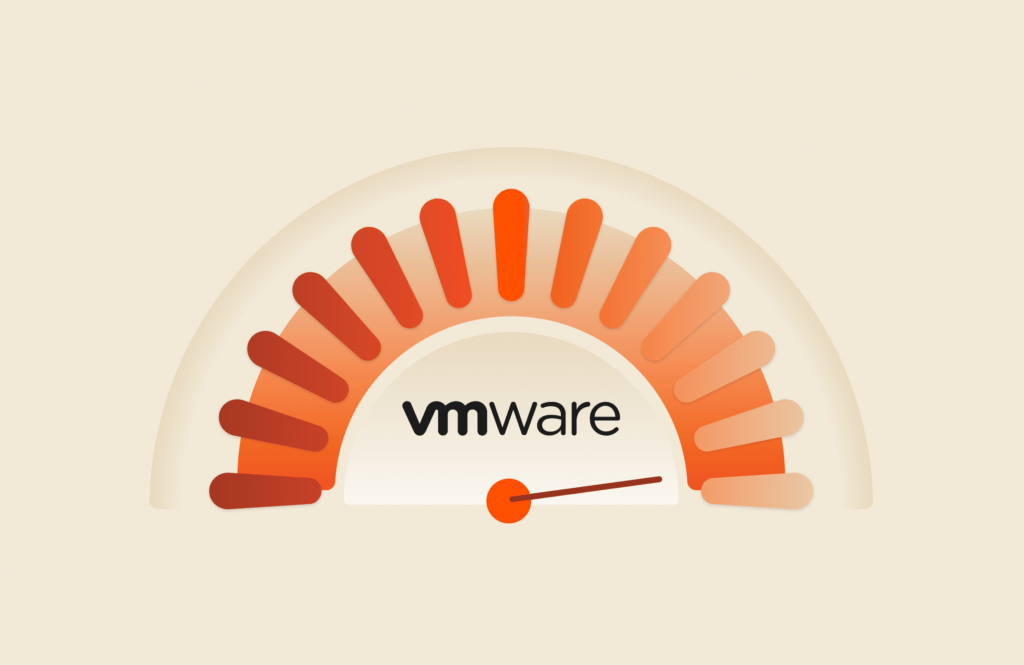The question from customers that consistently comes up is regarding support for Microsoft Exchange Server with a Pure Storage FlashArray. The simple answer is Yes, it is <airquotes>supported</airquotes>.
Now why the air quotes? Because Microsoft does not endorse support for any storage vendor running Microsoft Exchange Server on SANs or other storage media. The way that Microsoft provides a mechanism for verification is the Exchange Solution Reviewed Program (ESRP). Through this program Microsoft can see the various details of Performance, Stress, DB Checksums and SoftRecovery. See my previous post on our 40,000 Mailbox Resiliency Storage Solution for full details.
The above is the general question, but there is a more detailed question with Exchange that customers ask based on reading the following TechNet article from Microsoft, https://learn.microsoft.com/en-us/exchange/exchange-2013-storage-configuration-options-exchange-2013-help?redirectedfrom=MSDN. There are two points made in this article regarding Compression and De-Duplication. The devil is in the details, (1) compression is about NTFS1 Compression not storage array compression and (2) Data De-depulication is also related to NTFS not the storage array. Point #2 could be better stated with NTFS added to the description.
| Volume configuration | Description | Stand-alone: supported or best practice | High availability: supported or best practice |
|---|---|---|---|
| NTFS compression | NTFS compression is the process of reducing the actual size of a file stored on the hard disk. | Supported: Not supported for Exchange database or log files. | Supported: Not supported for Exchange database or log files. |
| Data De-Duplication | Data deduplication is a new technique to optimize storage utilization for Windows Server 2012. It is a method of finding and removing duplication within data without compromising its fidelity or integrity. The goal is to store more data in less space by segmenting files into small variable-sized chunks, identifying duplicate chunks, and maintaining a single copy of each chunk. Redundant copies of the chunk are replaced by a reference to the single copy, the chunks are organized into container files, and the containers are compressed for further space optimization. | Not Supported for Exchange database files. Note: Can be used for Exchange database files that are completely offline (used as backups or archives). | Not Supported for Exchange database files. Note: Can be used for Exchange database files that are completely offline (used as backups or archives). |
1 NTFS is the New Technology File System from Microsoft.
We have many customers running various version of Microsoft Exchange Server today, 2007 – 2016. Rest assured those environments are running quite well with performance and data protection.
Hope that helps demystify running Microsoft Exchange Server on a Pure Storage FlashArray.
Cheers,
Barkz




